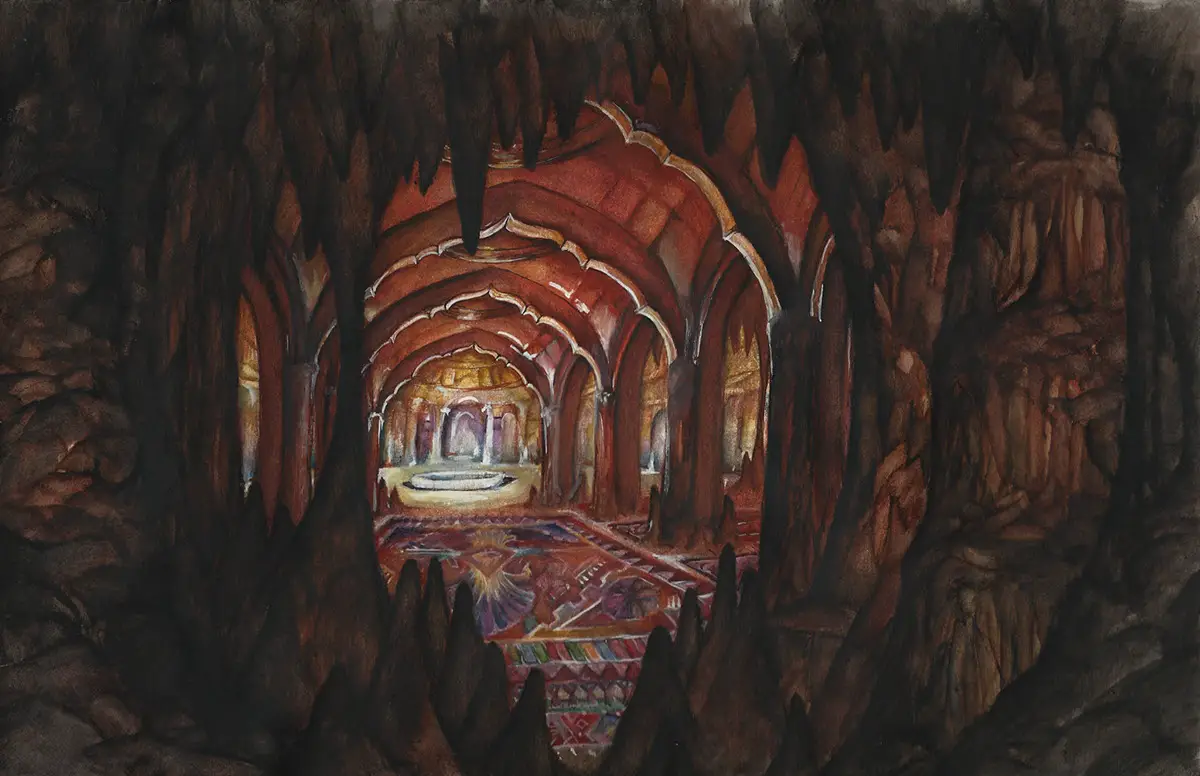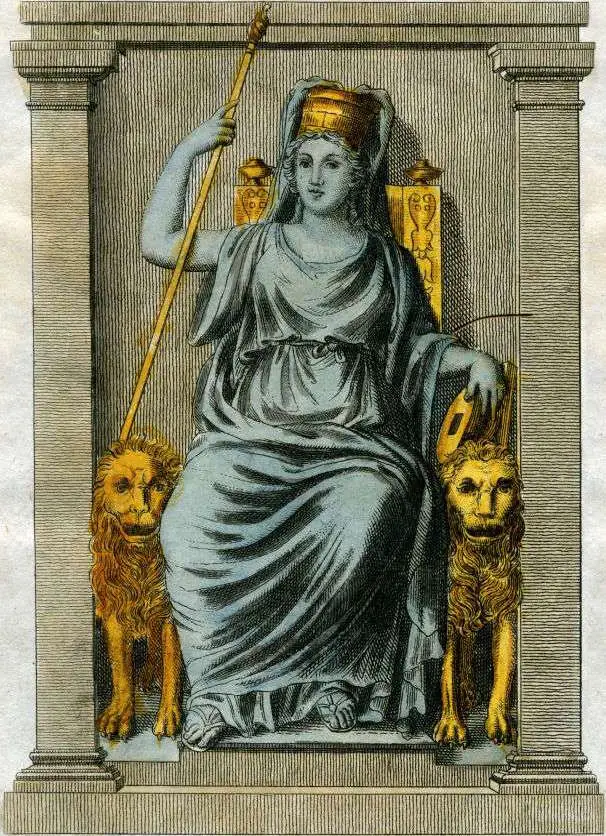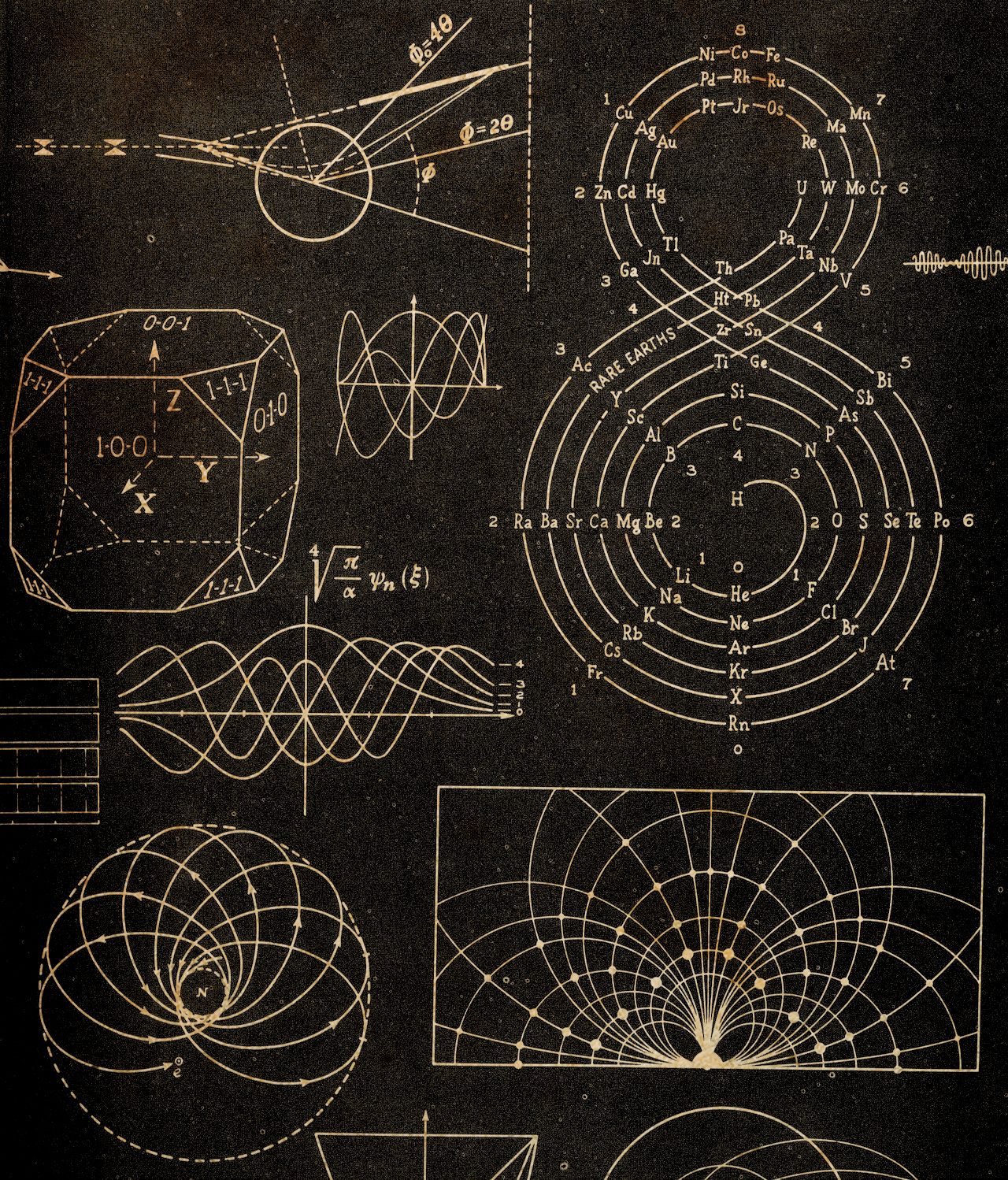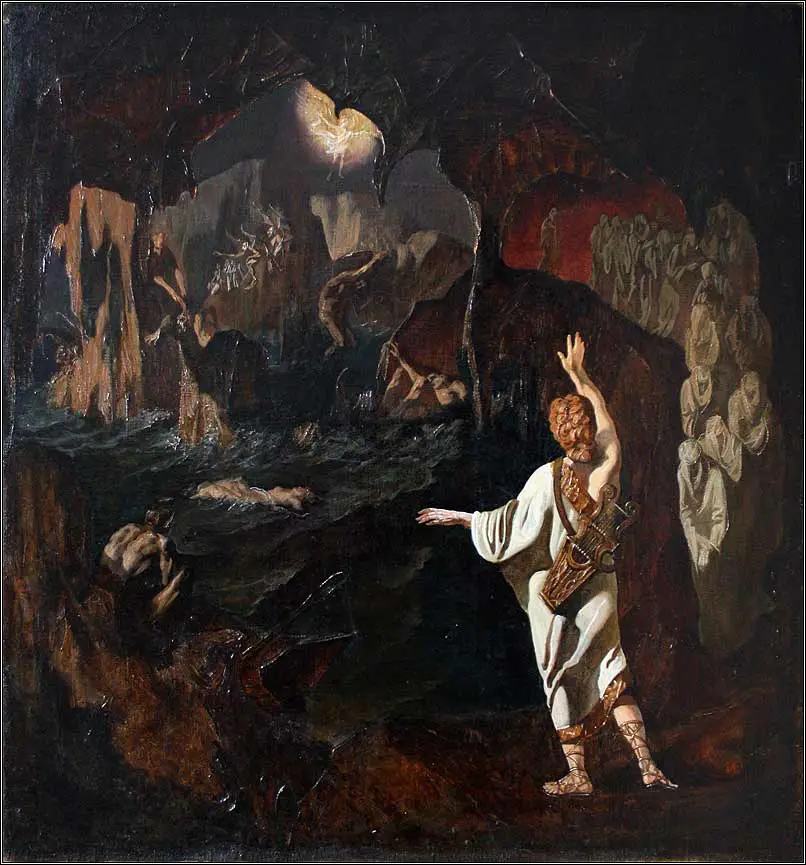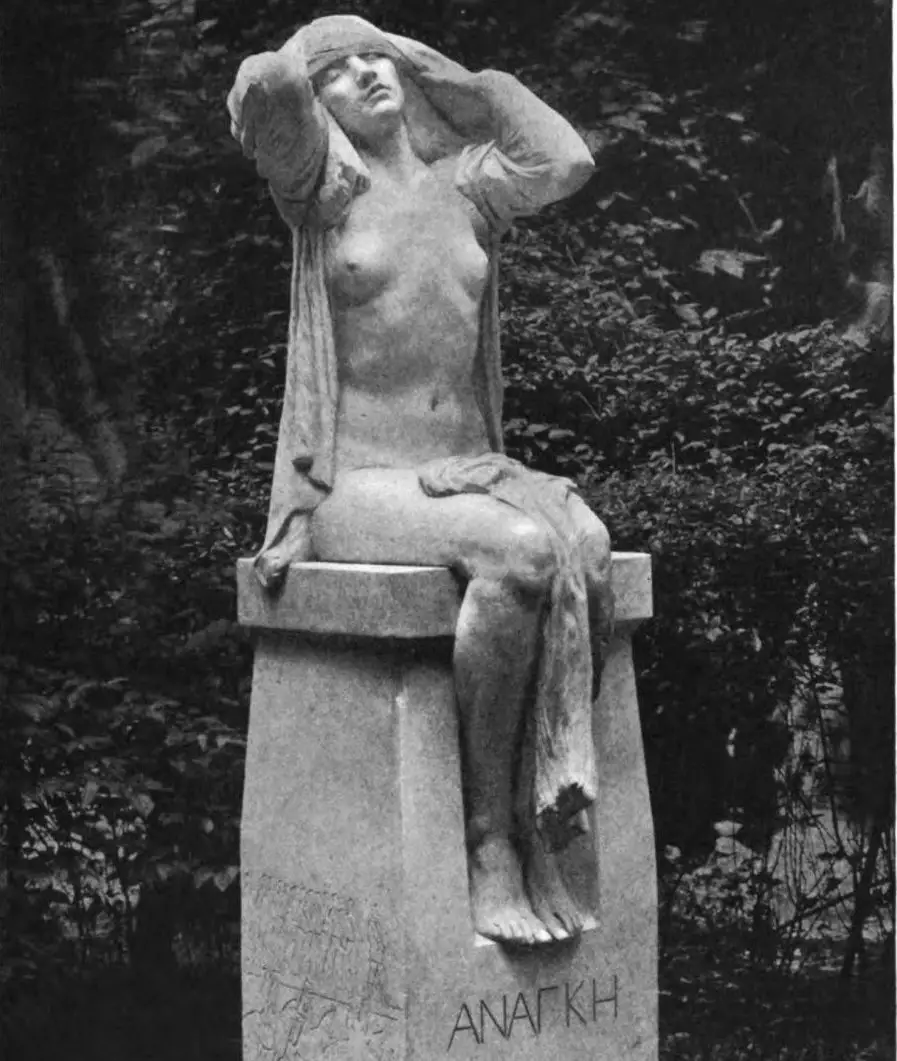Tag: Pythagoreanism
From Cybele to Demeter, the different faces of Mother Earth, or rather of the ecliptic
From the Phrygian tradition concerning Cybele, "goddess of the mountain and wild beasts", to the Indian tradition of Aditi, "inexhaustible source of abundance", up to the different Hellenic divinities such as Rhea, Demeter, Themes, Meti (without forgetting the various collective deities, always feminine, of destiny), an astrotheological reading emerges that can shed light on the aforementioned "Mother Goddesses of the Earth", provided that the latter is understood, following the studies of Santillana, Dechend and Richer (as well as the Platonic clues), in the meaning of ecliptic.
Mircea Eliade: "Cosmic cycles and history"
"Even within the framework of the three great Iranian, Jewish and Christian religions, which have limited the duration of the cosmos to a certain number of millennia, and affirm that history will definitively cease in illo tempore, there are traces of the ancient doctrine of the periodic regeneration of history »: Very ancient doctrine that Eliade, in his essay“ The myth of the eternal return ”, finds in the Babylonian, Hindu, Buddhist, Germanic and Hellenic tradition.
Luitzen EJ Brouwer: when Mathematics meets Mysticism
The most advanced physics now gives reason to 'heretical' scientists like Brouwer, who in his work tried to reconcile mathematics and mysticism, leading him to perspectives that are nothing short of unusual, albeit influenced by the Pythagorean School of ancient Hellas and by oriental mystics.
Ioan P. Culianu: the Hyperborean shamanism of ancient Greece
cover: Ilyas Phaizulline, "Orpheus at the Empire of the Dead"
Introduction
curated by Marco Maculotti
When it comes to "shamanism" [I], we usually tend to think of the Siberian one [II], from which the term itself derives, or to the Himalayan one, which often synchronizes with the Buddhist and / or Hindu tradition, or to that of the native populations of North America, Mexico and the Andes, as well as that of the Australian aborigines. More rarely, the importance of shamanic practices for the Indo-European peoples is emphasized, although the classical sources are not poor in this regard.
G. de Santillana: “History to be rewritten”. Reflections on "Ancient Fate" and "Modern Affliction"
(image: Gilbert Bayes, ananke, sculpture)
Extract from the essay by Giorgio de Santillana «History to rewrite", Written in 1968 and published the following year by the Massachusetts Institute of Technology, later (1985) translated and published in Italy by Adelphi in the collection of writings entitled"Ancient fate and modern fate».
Preface and notes by Marco Maculotti. Our italics.

